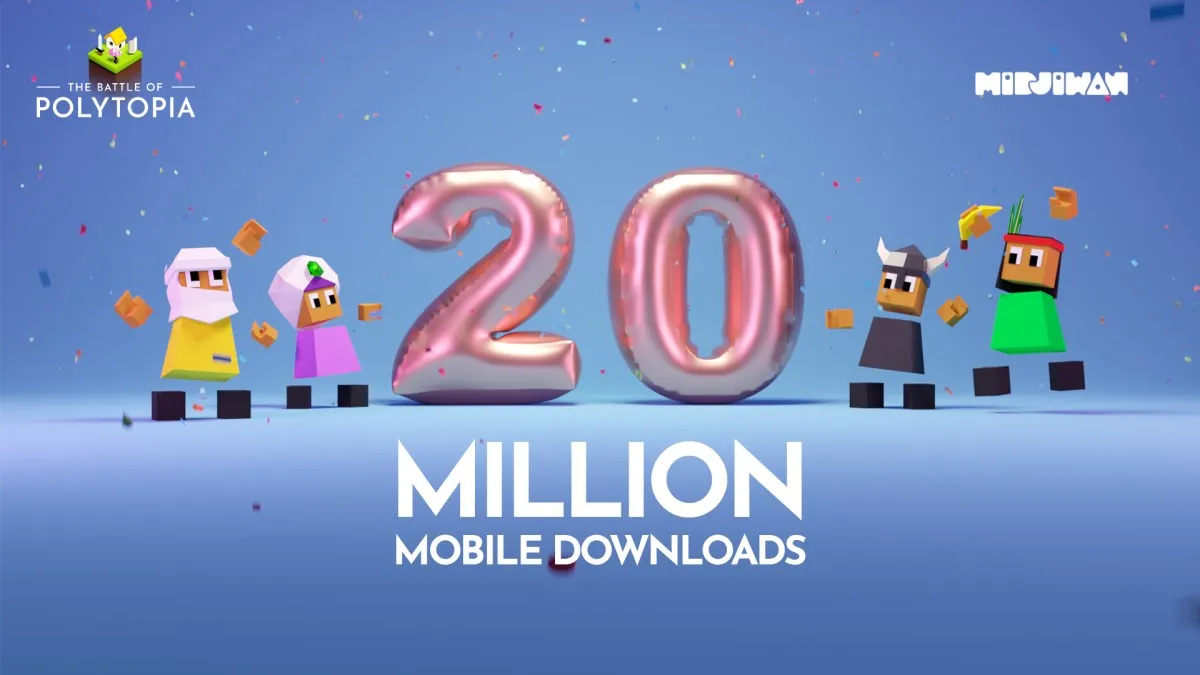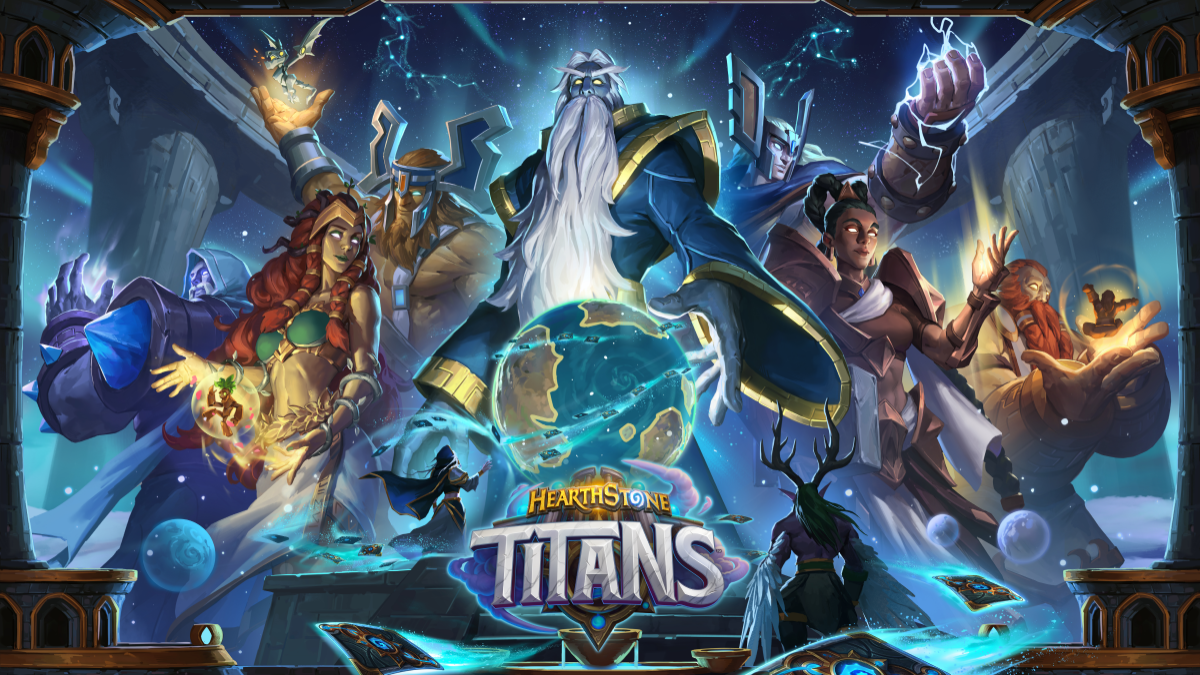City of Heroes and Vilians Programmer CW Bennett explains about the new game interface changes coming to trhe superhero MMORPG.Q: Can you tell us about yourself and what you do on the COH dev team?A: My name is CW and I’m a programmer on the City of Heroes/City of Villains development team. I’ve been working on (or near) the team for the last five years. I implemented most of the U.I. [User Interface] and I’m currently a general gameplay programmer.Q: Please give us an overview of this new feature.A: Well, we basically integrated some “tools” into the in-game U.I. which display the numbers behind the game’s combat systems. The Combat Attributes Window lists all the important attributes of the player and shows their current value. It also shows the source and contribution of buffs. The Combat Monitor Window is a lightweight window that can unobtrusively be left up all the time (unlike the Combat Attributes Window), so you can watch selected buffs change during combat. Additionally, more information can be found through buff icons that show their actual effects on the player, and in the combat log where hit rolls have been added.Q: Can you take us into the process of implementing this? What were your goals? What steps did you have to take to get to the final version?A: Originally all of the power descriptions and combat numbers were obfuscated and hidden away because we a*umed that the details would be confusing to players and we were trying to make a game that you could just play without reading the manual. However, we eventually realized that in other games, comparing weapons/armor items was made easier (not harder) if they showed the actual combat numbers. In addition, there is enough data exposed that everything else could eventually be determined by persistent players. The existing “easy to use” references are still there in game – if you don’t want all this extra detail, you don’t have to be bothered with it. But, for those who yearn for all the nitty-gritty details, it’s all there for you! Hopefully exposing the numbers will help give players additional information they can use to make combat and power decisions.When I started working on the numbers, I decided I’d approach things from the order of easiest to hardest to implement. All players have a list of final calculated combat attributes on them already so exposing that was an obvious first step. Next step was looking over all the buff/debuffs and back calculating them. In doing this, I realized that the information could be displayed on the buff icons in the status window, and incorporated that feature as an unexpected extra.Adding the hit rolls to the combat window happened because Back Alley Brawler (another dev) saw the attribute monitor and wanted something that would tell him what his chance to hit any target was going to be. Unfortunately, your final chance to hit involves not only all the player buffs and all the target buffs, but is also different for every power. Each power has its own accuracy modifier and additionally could be slotted differently. Since the game can’t predict what power a player will end up choosing, I added the next best thing and showed what the actual chance to hit was.Q: What aspect of this will make players most excited and how can they take advantage of this feature?A: It helps level the playing field a bit for players that don’t go to out of game tools like City of Data or Mid’s Hero Designer. It makes it easy to see the c*ulative effect of various set bonuses. It can help players make power and slotting choices because they can better understand just what those powers or enhancement slot choices are actually doing. Just the other day, I was playing a low level Warshade and used the Combat Attribute window to help me decide how to slot Dark Nova.Also, for us here on the Development Team, it gives us an elegant in-game tool to double check powers and the changes that we make to them. If they are behaving unexpectedly the tool makes it much easier to find bugs.Q:Some players are happy with the game the way it is. Does this force players to play the game any differently?A: Not at all, if you are interested in the numbers they are now available, but they are not forced on to you.Q: Does this feature make City of Heroes any more or less like the other MMO’s out there?A: This adds functionality that is more like other MMO’s, which have traditionally been heavily number based. But like I said, the great thing about this feature is that players who want this type of information have it now, others may just want to keep playing as they always have.Q: Is there anything else that you want to say about this feature?A: There is more to come
Read Article <strong>Seven Years War: How The Battle of Polytopia conquered the mobile strategy world</strong>


Category:
Interviews
Seven Years War: How The Battle of Polytopia conquered the mobile strategy world


